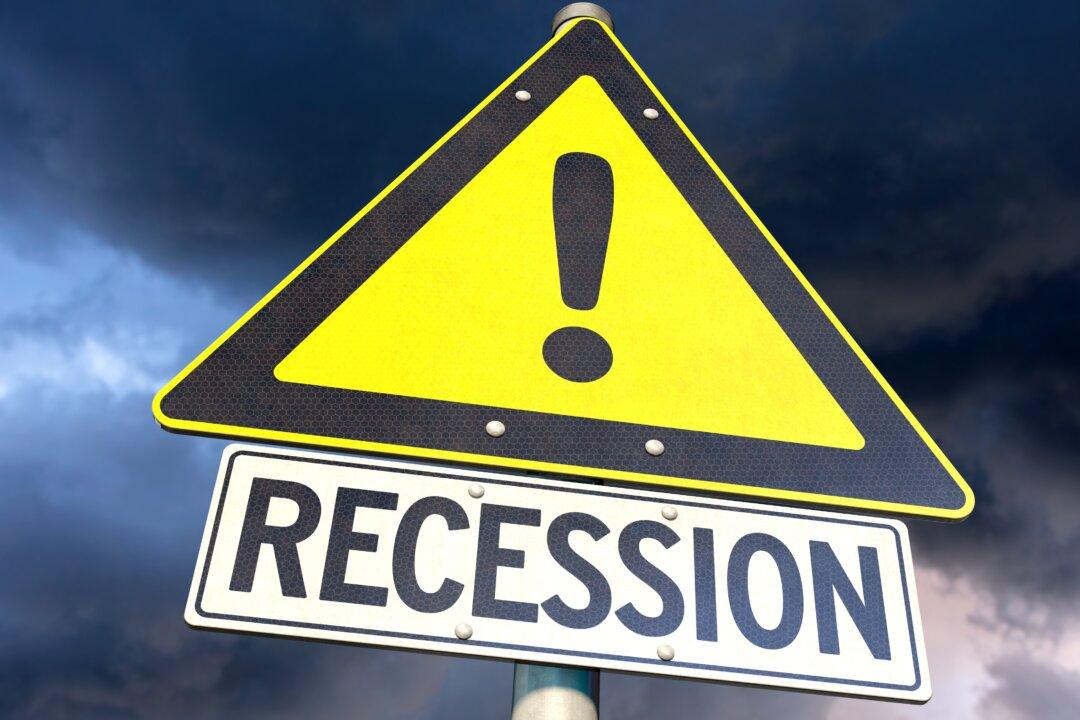Commentary
As expected, the Federal Reserve’s policymaking body, the Federal Open Market Committee (FOMC), voted to raise the benchmark federal funds range along with the various monetary policy tools to accomplish this (IOER, RRP). Increasing each by one-quarter point, Chairman Jay Powell and the Fed’s other committee members are trying to send a message to the public that the nation’s nominal central bank is on the case.





